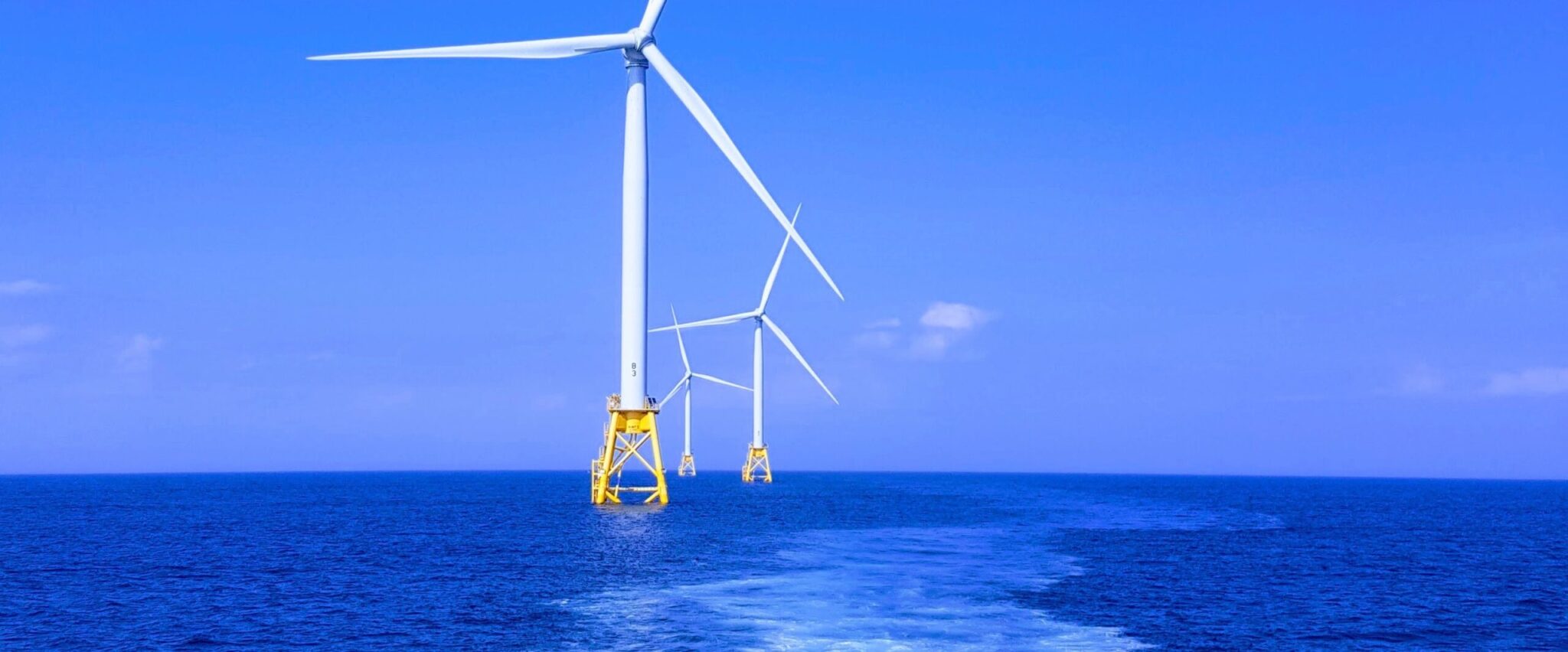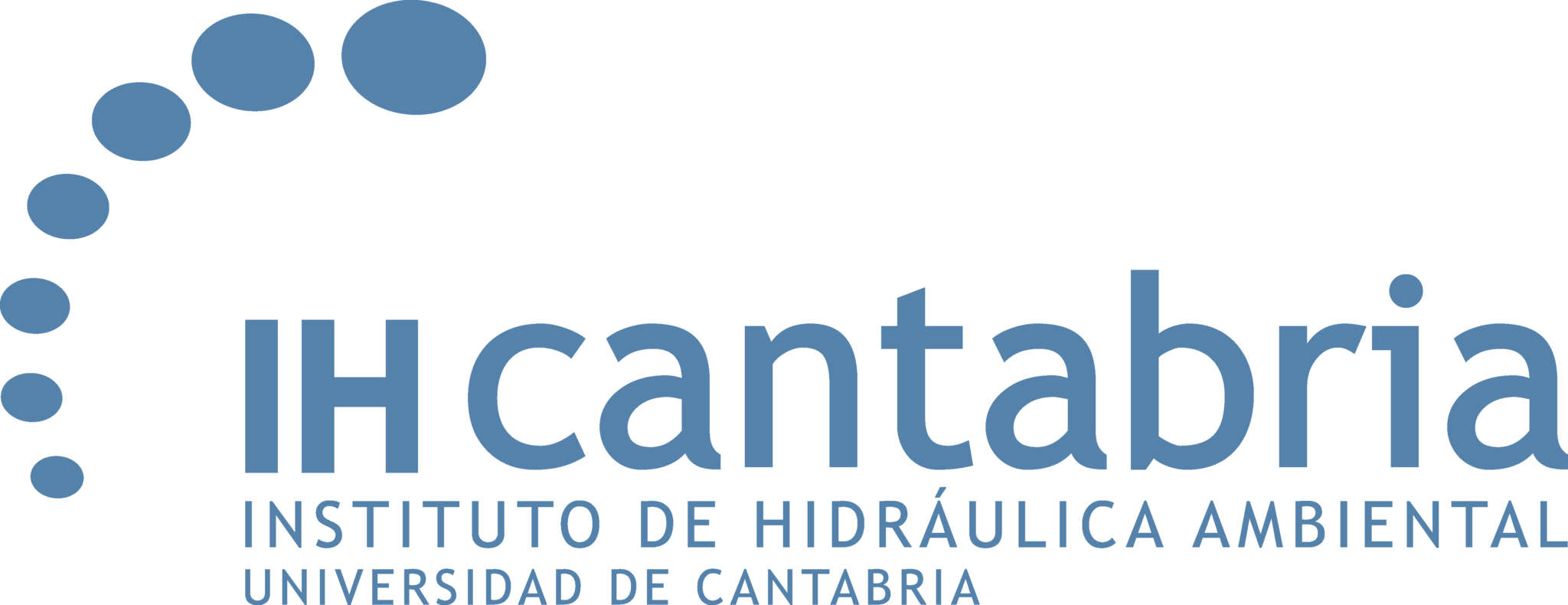NEWS
ISOBARA project awarded to contribute to the evolution of floating wind platform design

With the challenge of consolidating its position as a relevant player at international level in the offshore wind sector, the ISOBARA project was approved on December 23.
The objective of this project is to contribute to the evolution of the design of a floating wind platform that, under the same industrializable technological concept, allows it to compete in a globalized market governed by different meteorological and oceanic conditions.
This project seeks the standardization of a technology that can be built in series, so that its installation can be carried out in ocean sites of different nature, using concrete as construction material.
For this purpose, we opt for the use of experimental (field and laboratory) and numerical techniques that are unique in the Spanish scientific ecosystem, which allows us to generate essential synergies with innovative companies, such as SEAPLACE. In fact, ISOBARA is a strategic and highly relevant project for SEAPLACE’s medium-term business plans and its challenge to consolidate its position as a major international player in the offshore wind sector.
Therefore, ISOBARA will contribute to the reduction of costs of floating wind farms, as it will focus on technological solutions that minimize construction costs and facilitate the industrialization of concrete.
It is also worth highlighting its contribution to the improvement of priority EU strategies (the so-called “Low Carbon Economy Strategy”), as well as to one of the specific challenges (R5, Climate, Energy and Mobility) of the “Public-Private Partnership 2021” call.
In short, ISOBARA is a project that aims to develop a new floating concrete platform, competitive in construction costs, with special emphasis on the dynamic and mechanical behavior of the Turbine-Tower-Platform-Mooring System to be optimal throughout the useful life of the device. Under the ISOBARA framework, and with the leadership of an international reference group in the field of materials science, such as LADICIM, the use of concrete for offshore applications will be studied in depth, taking into account the criteria of durability, manufacturability and technical-economic feasibility.
This project takes into account that offshore wind technology has been identified as one of the technologies that should lead the decarbonization of the European energy mix in the coming decades. Because the European Commission has estimated that, in order to meet the objectives of the fight against climate change, it is necessary to have an installed capacity of between 240 and 450 GW of offshore wind energy by 2050.
As background, the company SEAPLACE, through its strategic commitment to floating wind energy, concluded in 2021 the CROWN project (Motion Reduction of a Concrete Reduced-draft spar for the Offshore floating Wind iNdustry). Within the framework of this project and in collaboration with strategic partners (such as the University of Stuttgart, the German engineering company SOWENTO and IHCantabria), a floating platform was developed and tested for commercial wind farms between 50 and 250m depth. The developed platform showed a great performance, both in the experimental tests and in the numerical evaluation. However, limitations were observed that restrict its generalization to the national and international market, due to the variety of meteo-oceanic conditions. This led to the need to open up a portfolio of solutions, which gave rise to the ISOBARA project.
Grant CPP2021-008972 funded by MCIN/AEI/10.13039/501100011033 and by the European Union NextGenerationEU/PRTR
The State Research Agency, under the Ministry of Science and Innovation, has granted a grant to the ISOBARA project under the Call for aid to public-private collaboration projects, of the state program to promote scientific and technical research and its transfer, of the state plan for scientific, technical and innovation research 2021-2023, in the framework of the Recovery, Transformation and Resilience plan financed with funds from the European Union, through the NextGenerationEU/PRTR call.




